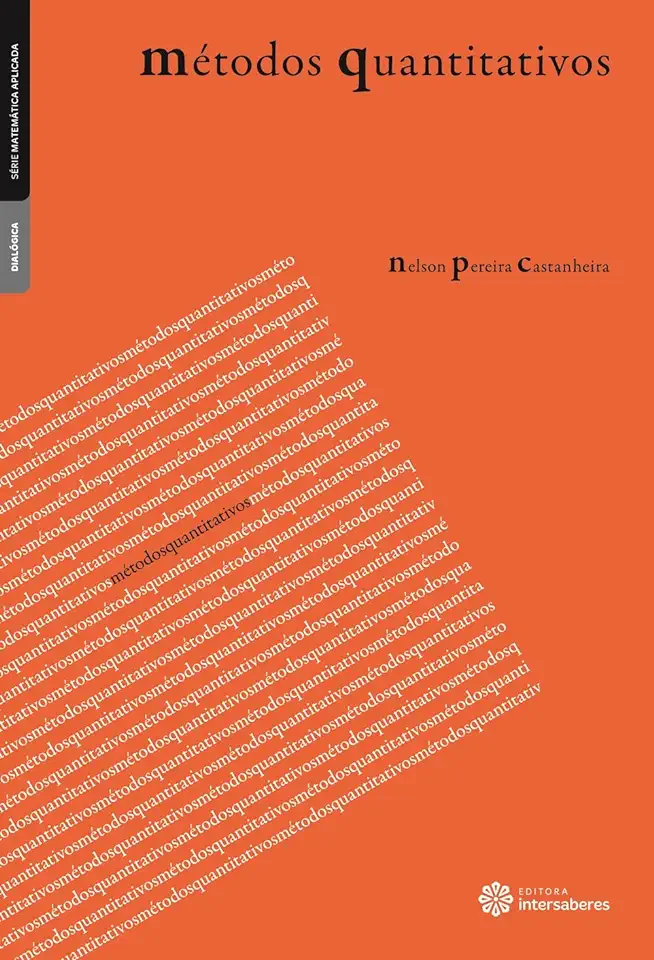
Quantitative Methods - Nelson Pereira Castanheira
Quantitative Methods: A Comprehensive Guide for Business and Social Science Research
Introduction
In today's data-driven world, quantitative methods have become essential for businesses and social scientists alike. From market research and customer analytics to hypothesis testing and forecasting, quantitative methods provide the tools and techniques needed to make informed decisions based on empirical evidence.
What is Quantitative Methods?
Quantitative methods involve the collection, analysis, and interpretation of numerical data to understand and explain phenomena. These methods are based on the principles of statistics and probability, and they allow researchers to draw conclusions about a population based on a sample of data.
Why is Quantitative Methods Important?
Quantitative methods are important for several reasons. First, they provide a systematic and objective way to collect and analyze data. This helps to reduce bias and ensure that the results of a study are accurate and reliable. Second, quantitative methods allow researchers to test hypotheses and draw conclusions about the relationships between variables. This information can be used to make predictions and develop evidence-based policies and strategies. Third, quantitative methods can help researchers to identify patterns and trends in data, which can lead to new insights and discoveries.
What are the Different Types of Quantitative Methods?
There are many different types of quantitative methods, each with its own strengths and weaknesses. Some of the most common quantitative methods include:
- Descriptive statistics: These methods are used to summarize and describe data, such as mean, median, mode, and standard deviation.
- Inferential statistics: These methods are used to make inferences about a population based on a sample of data, such as hypothesis testing, confidence intervals, and regression analysis.
- Multivariate analysis: These methods are used to analyze the relationships between multiple variables, such as factor analysis, cluster analysis, and discriminant analysis.
- Time series analysis: These methods are used to analyze data that is collected over time, such as moving averages, exponential smoothing, and ARIMA models.
How to Choose the Right Quantitative Method
The choice of which quantitative method to use depends on the research question being asked and the type of data available. It is important to consult with a statistician or other expert in quantitative methods to ensure that the most appropriate method is selected.
Conclusion
Quantitative methods are a powerful tool for businesses and social scientists. They provide the means to collect, analyze, and interpret data in a way that can lead to informed decisions and new insights. By understanding the different types of quantitative methods and how to choose the right one, researchers can improve the quality of their research and make a greater impact on the world.
About the Author
Nelson Pereira Castanheira is a professor of statistics at the University of Lisbon. He has over 20 years of experience teaching and conducting research in quantitative methods. He is the author of several books and articles on quantitative methods, and he is a frequent speaker at conferences and workshops.